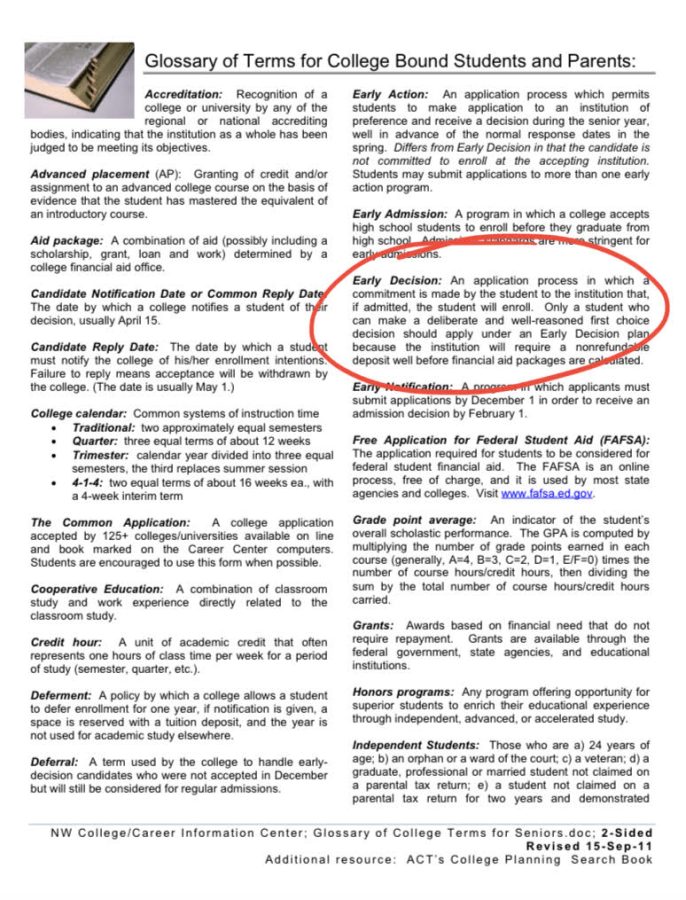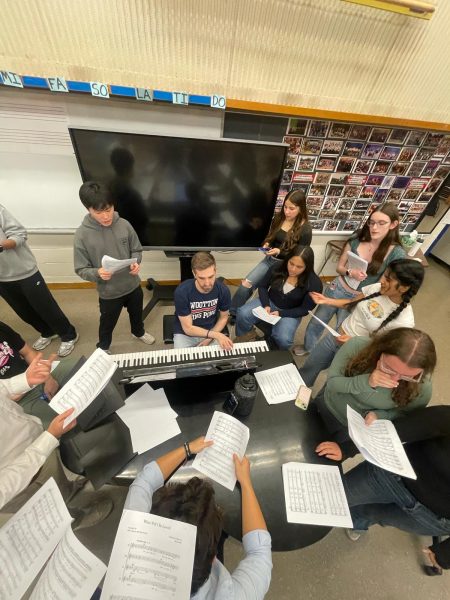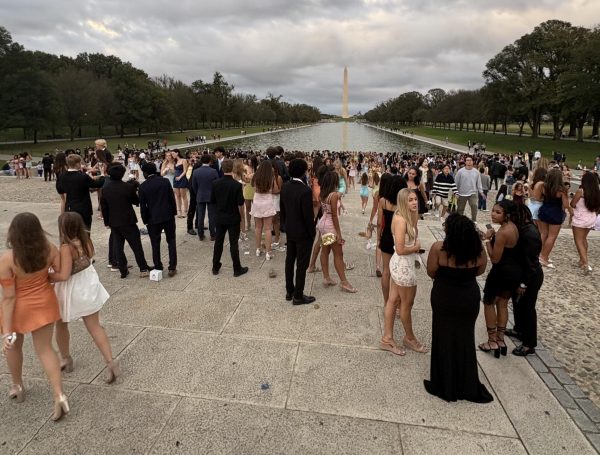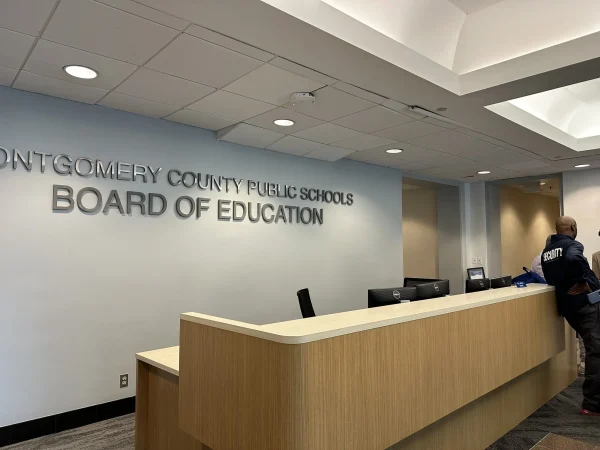College application early decision options disadvantages low income students
As college admissions become more and more competitive, students are looking for any opportunity to increase their chances of being accepted. Early decision is one way for students to increase the odds of their admittance to their top school.
Early decision is a process in which students apply to their first-choice college, agreeing to a binding contract that if they are admitted they will definitely enroll and withdraw any other college applications. Early decision increases chances for students because colleges are more likely to admit students who have already committed to attending if they get in.
Students applying early decision typically do so in November and receive a decision mid-December before hearing from most colleges through early action or regular admissions. When applying early decision, you are not able to see financial aid packages or compare financial aid packages to other schools.
Early decision gives an advantage to students in wealthy families who do not need financial aid. Students in lower income families are unable to apply early decision because they need to see the financial aid offered before being able to commit to a college.
Colleges admit a significant amount of their class with early decision applicants. When looking at the percentage of students admitted through regular decision, the acceptance rate drops. Harvard University had an acceptance rate of 7.41% for the round of early applications for the class of 2025 compared to the acceptance rate of 2.58% for regular decision applicants according to Top Tier Admissions. Giving students applying early a substantially higher admittance rate. Early decision is yet another advantage given to wealthy students on top of their access to SAT/ACT tutors, college counselors and private education unattainable to students from low-income families.
In addition to not being able to see the financial aid offered before applying early decision, students applying early decision are more likely not to get merit-based scholarships. Merit based scholarships are scholarships offered to students based on their academic success in high school and are usually given as an incentive for students to attend the school. Applying early decision shows colleges that you really want to go there, so schools feel they have no reason to offer incentive to attend, especially because you will have already committed to attending if you get in.
Low income students depending on financial aid are most likely pursuing scholarships as well. Most scholarship organizations will not notify students of their awards before Nov. 1, the deadline to apply early decision. This means students dependent on scholarships will not know if they are receiving scholarship money before they would have to agree to a binding contract to apply early decision.
Students dependent on financial aid and scholarship money to be able to afford college are once again put at a disadvantage because of early decision. Wealthy students who can afford college without scholarships or financial aid have the advantage of being able to apply early decision, therefore increasing their chances of being accepted, and making it harder for those who can’t.
Within the top elite colleges in the U.S., wealthy students are extremely overrepresented. According to a study done by Opportunity Insights, 38 elite colleges had more students from the top one percent of the income scale than the entire bottom 60%. Early decision gives wealthy students an upper hand in the college admissions process.
Your donation will support the student journalists of Thomas S. Wootton High School. Your contribution will allow us to purchase equipment and cover our annual website hosting costs.
Elizabeth is a 2024 graduate.










